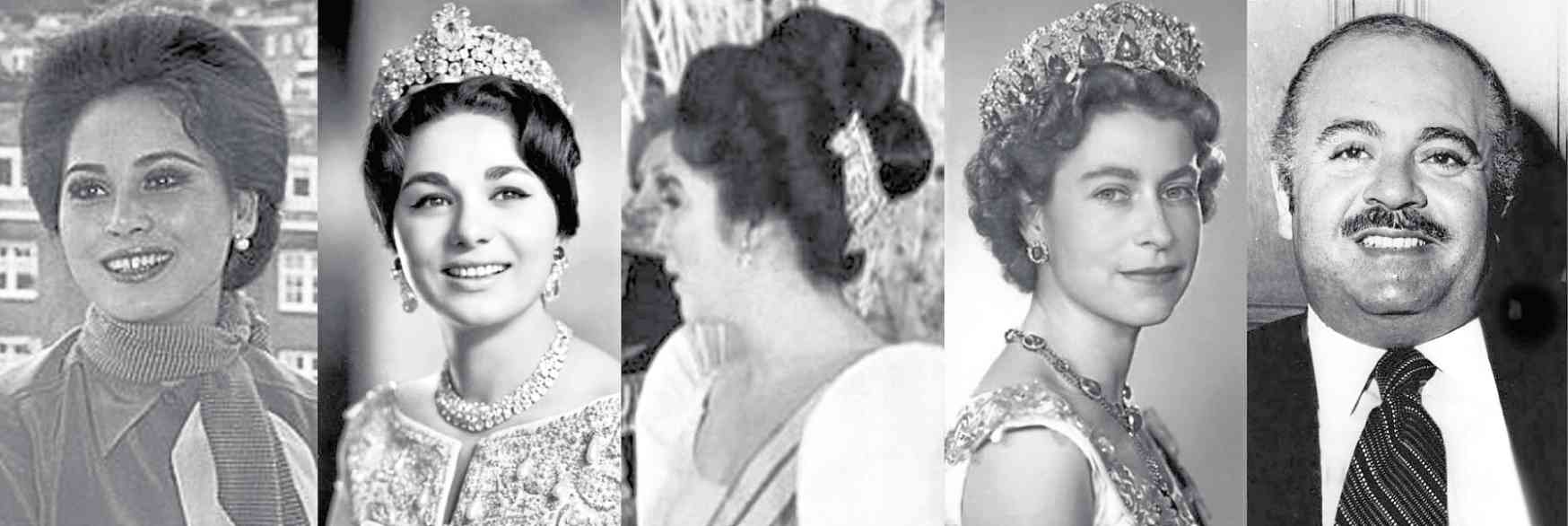
Your mantra for the week: “Worrying is fear in disguise. I am courageous.”
There are people who claim they think positive, but I can’t understand why they attract negative situations in their lives. In IAMISM, this totally unacceptable because positive thoughts and feelings must yield positive experiences.
Thus, people who go through negative experiences are not really thinking positive. When I ask them whether they worry and they answer yes, I point out that’s where their negativity comes from—because worrying is negative thinking.
In IAMISM, worrying is what we call “futuring.” It has a basis in fear. As the Bible confirms, “The fear that you fear is upon you.”
In a study conducted a few decades ago, statistics showed that out of the 100 percent of things people worry about, 40 percent do not happen, another 40 percent is based on past experiences they are afraid will be repeated but usually do not, 12 percent consists of needless concerns (like a little bump might be cancer).
The study further shows that the remaining 8 percent can be considered real worries—4 percent of which is solvable.
The overall picture shows that 24 out of 25 things people worry about eat up their energy uselessly. IAMISM suggests that we use our inner resources for mantra-ing, planting the good by helping others, spreading love, joy and laughter, or being a blessing to others.
There’s a popular song called “Don’t Worry, Be Happy.” Listen to it often.
Question of the week
The question of the past week was whether Imelda Marcos or not would ever land in jail. Most Filipinos believe that she is too old to go to jail, which is not true because there are women in jail older and sicker than she will ever be. Or that President Duterte will end up giving her a pardon in case her conviction becomes final and executory.
Finally, at the very least, she can no longer claim that she has never been convicted of any crime.
Meanwhile, memories of Imelda at the height of her power and beauty come to mind. Today’s youth are not aware that, in 1975, she made it to Cosmopolitan Magazine’s list of the richest women in the world. Some speculated that she was the richest of them all, even richer than Queen Elizabeth II of England.
Imelda was so wealthy, there were rumors that when Mohammad Reza Pahlavi, the last Shah of Iran, was overthrown in 1979, Imelda bought all the crown jewels of his wife Farah. Which probably explains why Imelda often says, “I had 30 Louis Vuitton suitcases of jewelry before our exile.”
Add to that, her infamous shopping sprees, sometimes having Bloomingdale’s closed for her private shopping, along with her Blue Ladies and a government official in tow to pay for all purchases—in cash.
Cosmopolitan Magazine editors wondered where she got all her wealth, considering she was unemployed and her dictator husband, on record, was making only $5,000 annually for the last 10 years in office.
The answers to Imelda’s unlimited resources were revealed after the Edsa Revolution in 1986. The records finally showed that when Ferdinand Marcos became President in 1965, the Philippines’ external debt was just $277.7 million. After his plunderous reign, he left the country with an external debt of $28.3 billion.
The Guinness Book of Records described the Marcos years as “The Greatest Robbery of a Government.”
A kleptocrat as hero
Ironically, his remains were reburied in the Libingan ng mga Bayani. Why should Imelda go to jail for seven measly counts of graft, when he ended up being rehabilitated in image as a “hero”?
Imelda deserves something else, considering the perception that she was the richest of the richest in the world, and has not been poor—unlike her close associate Adnan Khashoggi, a multibillionaire arms dealer who was said to have hidden in his yacht half of Imelda’s treasured art collection.
Last year he died miserably poor. The British media called him “Mr. Oggi” with “no cash” at all.
But Imelda remains wealthy, even just on the basis of the art pieces hanging on the walls of her home, and the authentic jewelry she wears but calls “fake.”
From the grapevine, it’s said she still owns a Picasso that she claims has lost part of its value, because when the people stormed Malacañang in ’86, a loyal servant ripped it off the frame, rolled the canvass and kept it under the bed of a relative in Marikina where the rats soon bit off certain portions. “The poor never stole anything from us, it was only the rich who did,” she said.
‘Honorable’ title
In 1981, one of Bongbong Marcos’ best friends in New York called me up and said, “Your First Lady just gave a Hollywood actor a Renoir painting worth $3 million.”
Not too long ago, Dewi Sukarno, in one of her visits to the Philippines, told Imelda at a dinner: “I just bought the home of a Hollywood actor who is a friend of yours.” To which Imelda exclaimed, “Really, Dewi? Do you know that I gave him that house?”
After all is said and done, with Marcos in the Libingan Ng Mga Bayani, Imelda deserves an “honorable” title, something like a National Artist award: Ang Pambansang Alagad ng Sin-ning ng Pilipinas.
E-mail the author at georgedfsison@gmail.com; catch him live in his lectures on IAMISM every Sunday at 7 p.m. on his Facebook page.